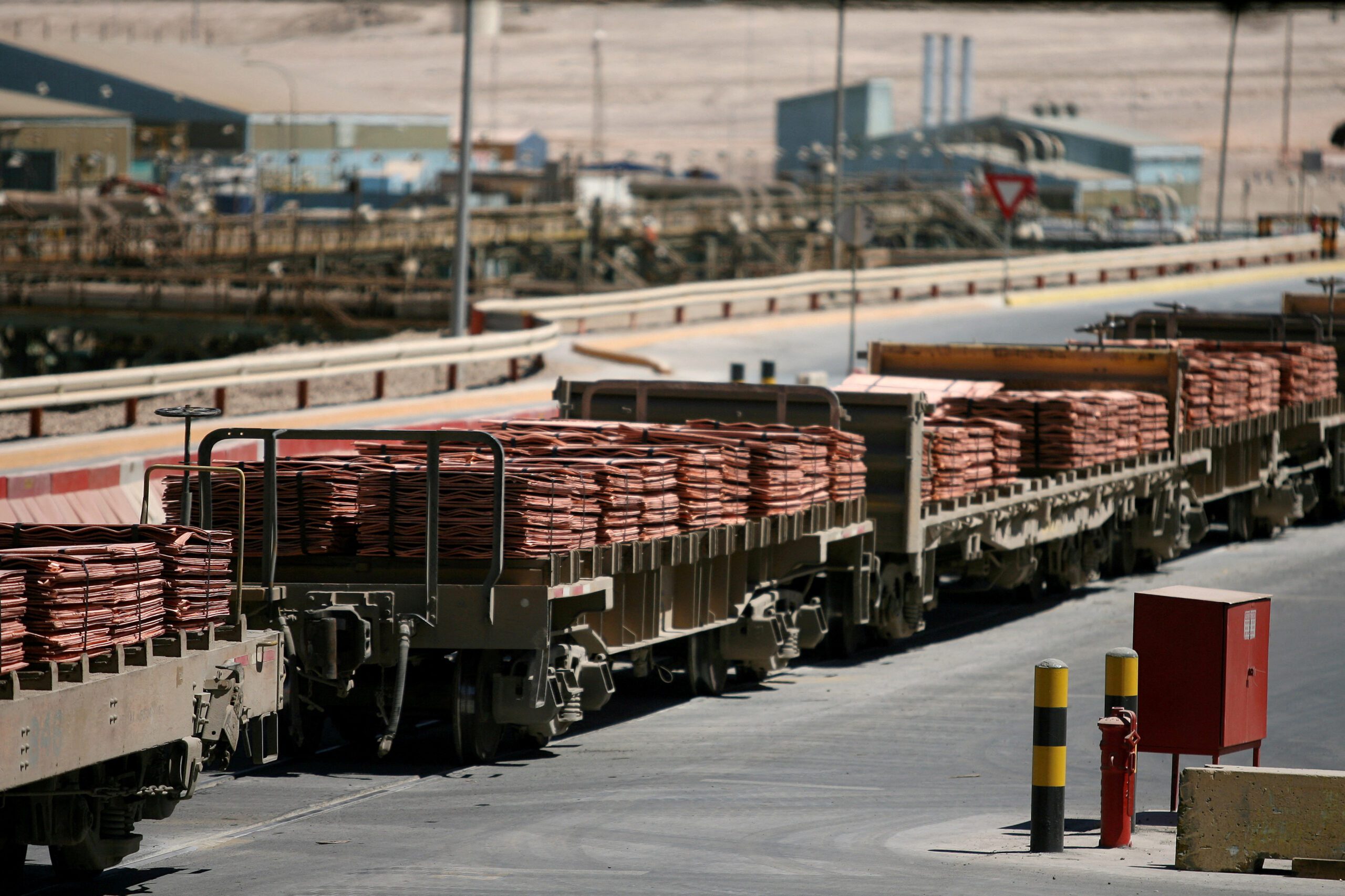(Bloomberg) — Earnings for Capesize ships, the largest carriers of iron ore and coal, remained at a six-week low as a dearth of cargoes curbed hiring of vessels for voyages within the Atlantic Ocean region.
Daily average returns slid 5.3 percent to $5,562, staying at the lowest level since Jan. 7, figures from the London-based Baltic Exchange showed today. The drop was the ninth in a row and extended this month’s retreat to 26 percent. Earnings for journeys in the Atlantic area plunged 45 percent in February, the most among Capesize routes tracked by the exchange.
“Rates fell further amid talk of very low activity, particularly for Capesizes in the Atlantic,” Oslo-based investment bank RS Platou Markets AS said by e-mail. Average Capesize returns are set for the worst February performance for exchange figures going back to October 1999.
Returns may be under further pressure for Capesizes hauling Australian iron ore to China, the biggest importer of the steelmaking raw material, according to Platou. While earnings on the voyage as gauged by the exchange rose 5.8 percent so far this month, they’re down 30 percent from the end of October.
The Australia-to-China iron-ore route is the world’s biggest for Capesizes in terms of cargo volume. The world dry- bulk fleet contains 1,519 of the ships comprising 40 percent of overall capacity.
Less Rain
Improved weather in Brazil, the second-largest exporter of iron ore after Australia, may boost shipments and drive a recovery in rates sooner than expected, with less rainfall to disrupt shipments than in the prior two years, Platou said.
Traders and steel mills in China, which buys 66 percent of seaborne iron ore, are organizing fewer cargoes than expected after last week’s Lunar New Year holiday as prices for imports stay higher than domestic supplies for an 11th week.
The cost of ore with 62 percent iron content landed in Tianjin port gained 0.6 percent today to $158.90 a dry metric ton, the highest since October 2011, according to The Steel Index. That’s as much as $16.52 a ton more than the average price of local output with equivalent ore content as of Jan. 15, data from researcher Beijing Antaike Information Development Co. compiled by Bloomberg show. Local ore last cost more than imported cargoes on Dec. 7, the figures show.
Capesize charters for single or spot voyages so far in February come to 41, against 95 for the entire month last year, according to data from Clarkson Plc, the biggest shipbroker.
The ships carry about 90 percent of iron ore shipped by sea globally, estimated this year at 1.2 billion tons according to figures from Clarkson and ICAP Shipping International Ltd.
The Baltic Dry Index, a wider measure of commodity shipping costs, slid 0.4 percent to 735, according to the exchange. Daily average earnings for Panamax ships, the largest to navigate the Panama Canal, gained 1.9 percent to $6,978 as Supramaxes that are about 25 percent smaller added 1.1 percent to $7,263. Handysizes, the smallest vessels in the index, declined 0.2 percent to $6,108.
– Michelle Wiese Bockmann, Copyright 2013 Bloomberg.

 Join The Club
Join The Club











